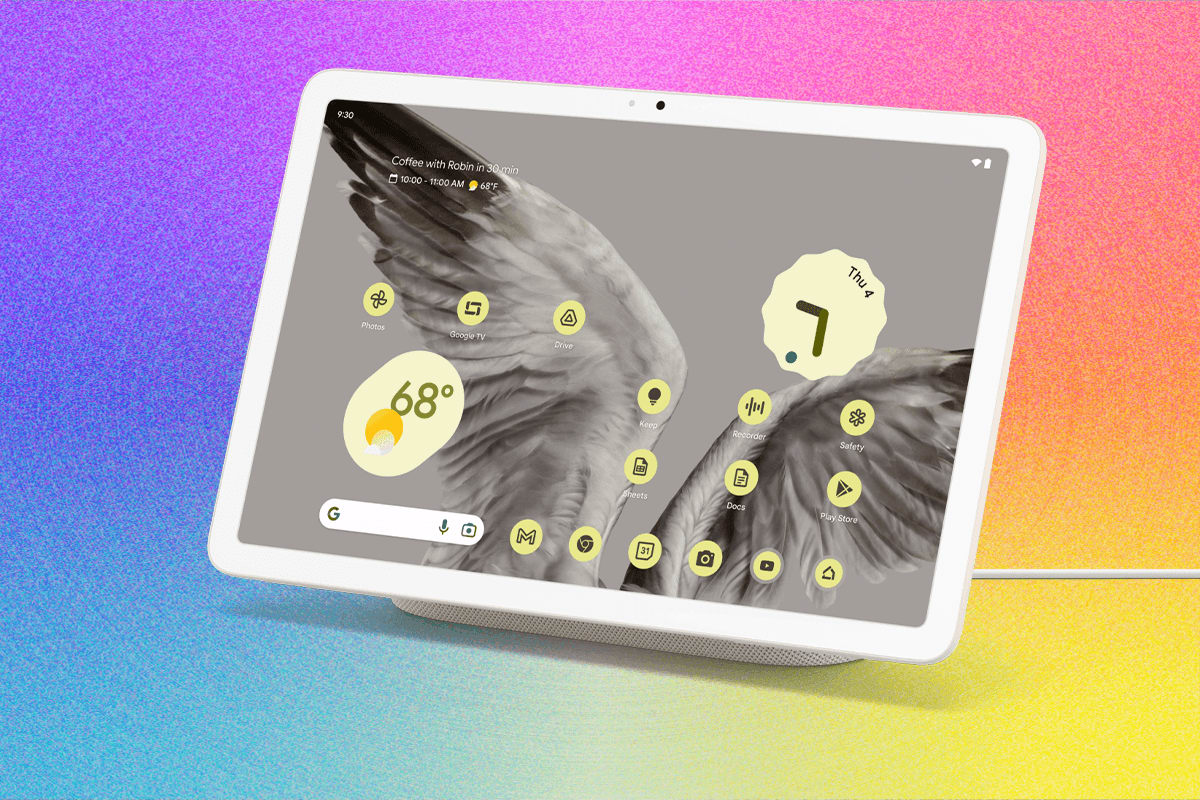The Evolution of Smart Displays: Bridging Tablets and Speakers
3 min read

As technology continually reshapes how we interact with our homes, smart displays have emerged as a perfect blend of visual interaction and voice command convenience. These innovative devices are the culmination of years of technology evolution, merging the best features of tablets and smart speakers into a singular, versatile tool.
The Genesis of Smart Displays
To truly appreciate smart displays, one must first consider the historical trajectory of the devices they're derived from: tablets and smart speakers. The launch of the first iPad in 2010 marked a new era of portable computing, offering users a larger screen than smartphones without the bulk of a laptop. Simultaneously, smart speakers, spearheaded by Amazon's Echo in 2014, introduced us to the world of voice-activated assistance. These products revolutionized our homes by enabling hands-free control of our digital environment.
The integration of these two technologies into smart displays was a natural progression. The concept of combining visual feedback with voice control was alluring, offering a multi-faceted user experience. Instead of merely listening to music or setting reminders through voice commands, users could now video call, watch tutorials, and manage smart home devices with a glance or a tap.
The Cutting-Edge Features of Smart Displays
Today's smart displays are marvels of modern technology. They offer high-resolution screens, intuitive voice recognition, and seamless integration with a host of smart home devices. From adjusting your thermostat to showing who is at your front door, these devices serve as the command centers of our connected homes.
The most recent models, as tested by tech enthusiasts, have pushed the limits further. They feature improved artificial intelligence, allowing them to understand context better and perform more complex tasks. Coupled with enhanced sound quality and sleek design, they fit effortlessly into modern living spaces, enhancing both functionality and aesthetics.
A Glimpse into the Future
The future of smart displays looks promising, with innovations continually being made to integrate even more seamlessly with burgeoning technologies like augmented reality (AR) and the Internet of Things (IoT). As AR becomes more mainstream, we might soon see smart displays providing interactive overlays in our living rooms, offering an even richer user experience.
Moreover, as privacy concerns grow, manufacturers are focusing on incorporating more robust security features. This includes local data processing to minimize data transmission over the web and customizable privacy settings that offer users greater control over their personal information.
Conclusion: A Technological Symbiosis
Smart displays are more than just the sum of their parts. They represent a technological symbiosis that has redefined how we interact with our devices and manage our daily lives. By combining the visual capabilities of tablets with the convenience of voice-controlled smart speakers, these devices epitomize the modern tech ethos of creating seamless, integrated solutions to enhance our daily lives.
As we look towards the future, the continuous evolution of smart displays promises even greater integration and functionality, ensuring they remain an indispensable part of our smart homes. Whether you’re a tech enthusiast or a casual user, the development of smart displays is a trend worth watching.
Source: 4 Best Smart Displays (2025): Tested By a Smart Home Addict
